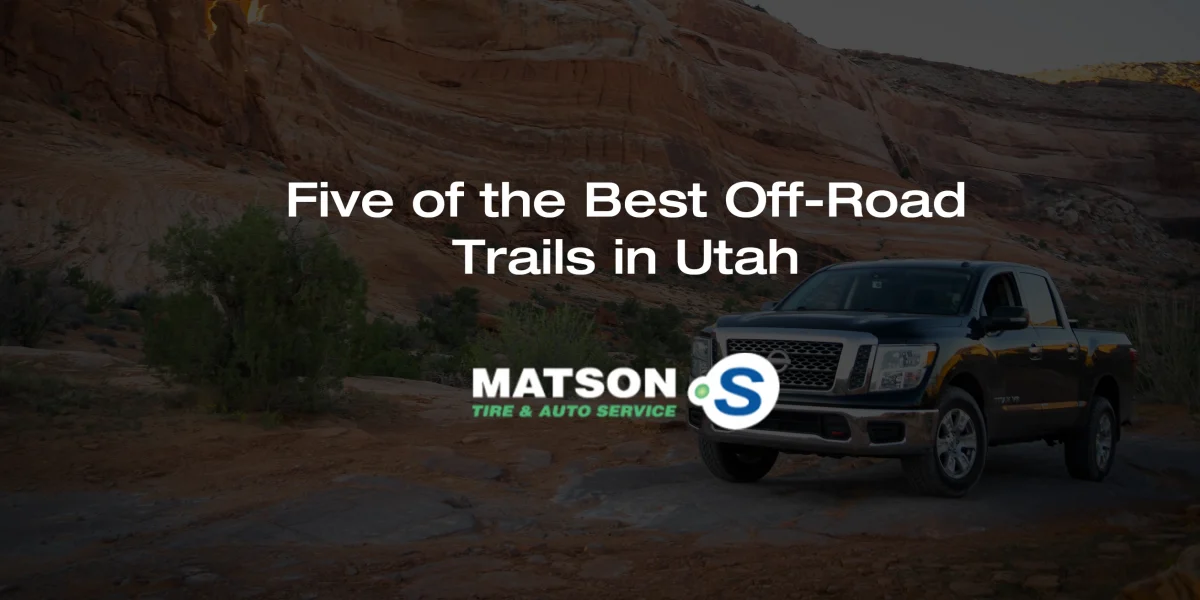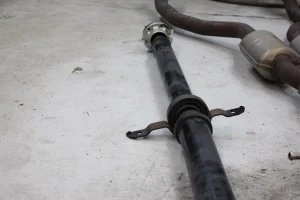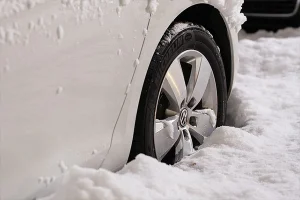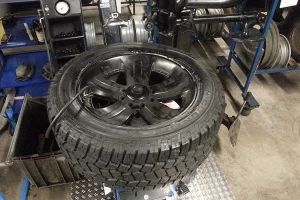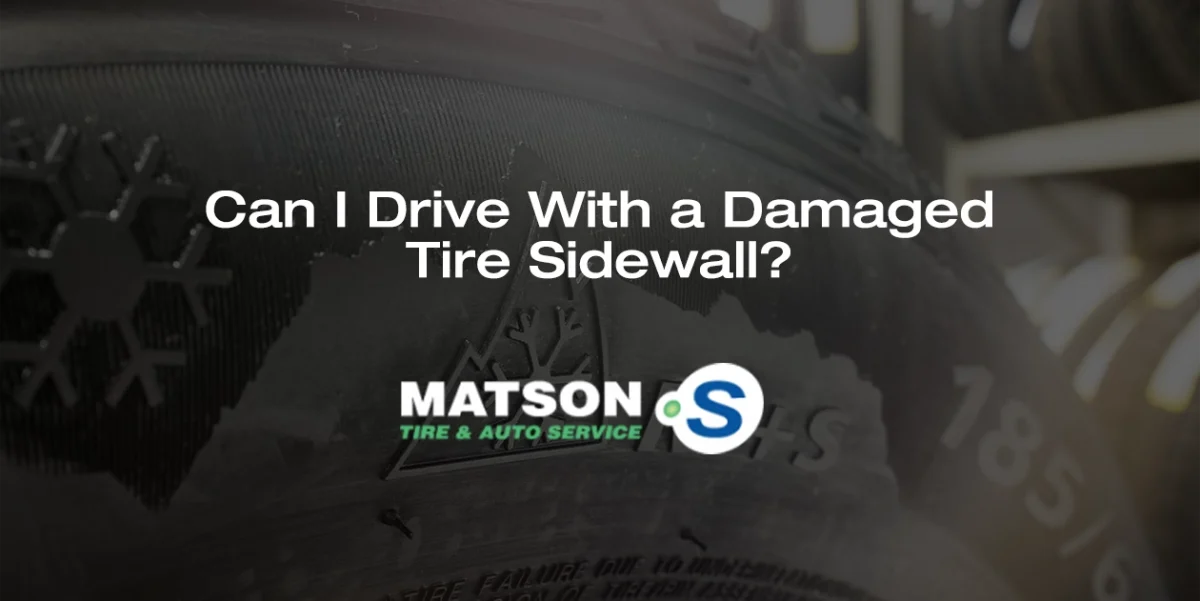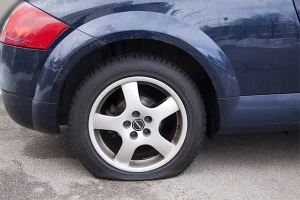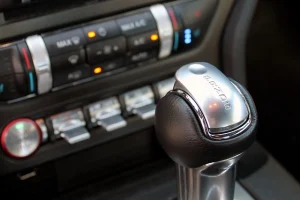With the winter coming to a close and the temperatures rising, it’s time to take that 4×4 out for a spin again! Utah has some of the most scenic and challenging off-road trails in all of North America, which can make for some amazing experiences.
In this article, we’re going to highlight some of the state’s best trails that you should mark down on your bucket list. Whether you’re driving a Jeep, Bronco, 4Runner, or otherwise, these tails are sure to give you an off-road experience unlike anywhere else.
Please note that this list contains trails that are not for inexperienced drivers or stock vehicles. Some of these contain extremely aggressive elevation changes and technical challenges that should be avoided if you are looking for a safe and easy time.
So without further ado, here are five of the best off-road trails in Utah in no particular order!
Moab Rim Trail – Challenging
This 8-mile out-and-back course located right outside of downtown Moab is one of the more popular trails in the area. Due to its popularity with hikers, Moab Rim can be a little crowded during peak hours. However, if you are able to find time to go when it’s emptier, this trail strikes the perfect balance of being beautifully scenic, close to a city, and challenging even for experienced off-road enthusiasts.
Toquerville Falls – Intermediate
This lengthy 11.7-mile out-and-back trail is one of the most unique on the list, with it providing a breathtaking view of the waterfalls. It’s regarded as a moderately challenging route, and fairly technical. It’s a popular spot, so expect to run into other off-road explorers on your journey.
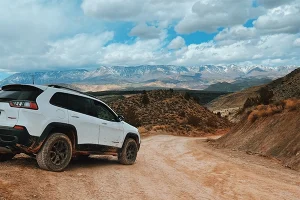
Mesa Arch Trail – Entry Level
One of the shorter trails, Mesa Arch is a great trail for those getting their feet wet in off-roading or even advanced drivers looking for a relaxing and scenic drive. Located in Canyonlands National Park, this 0.8-mile loop is popular for hikers, runners, and off-roaders alike. Open year-round, it’s one of the most accessible on this list by far.

Red Canyon – Intermediate
True to its name, Red Canyon provides some of the brightest red rocks you can find as you drive through the slot canyons of Kanab. It’s an intermediate 8.7-mile out-and-back trail with some of the most breathtaking views of southern Utah’s best nature. It’s dog friendly, and a popular choice for locals with 4x4s.
Hurrah Pass – Easy/Intermediate
While not too technically difficult, Hurrah Pass in Moab is the longest on this list. Measuring in at over 19.3 miles, the trail can take the better part of a day to complete. It’s a family-friendly adventure and a fun weekend trip. A high clearance 4×4 should have no problem taking on the challenges posed by this trail, but there are a few points where it’s possible to become stuck, and the inexperienced should beware of water crossing along the way (though generally shallow).
4×4 Service in the Salt Lake Valley
Do any of these trails sound enticing? Make sure your off-road vehicle is prepared for whatever you throw at it with the 4×4 service at Matson Point S in Riverton. Whether you need new off-road tires, suspension work, transmission service, or anything in between, our ASE-certified technicians will ensure your vehicle is ready to go!
So call or schedule online with us today and our friendly service advisors will walk you through the service process every step of the way.

